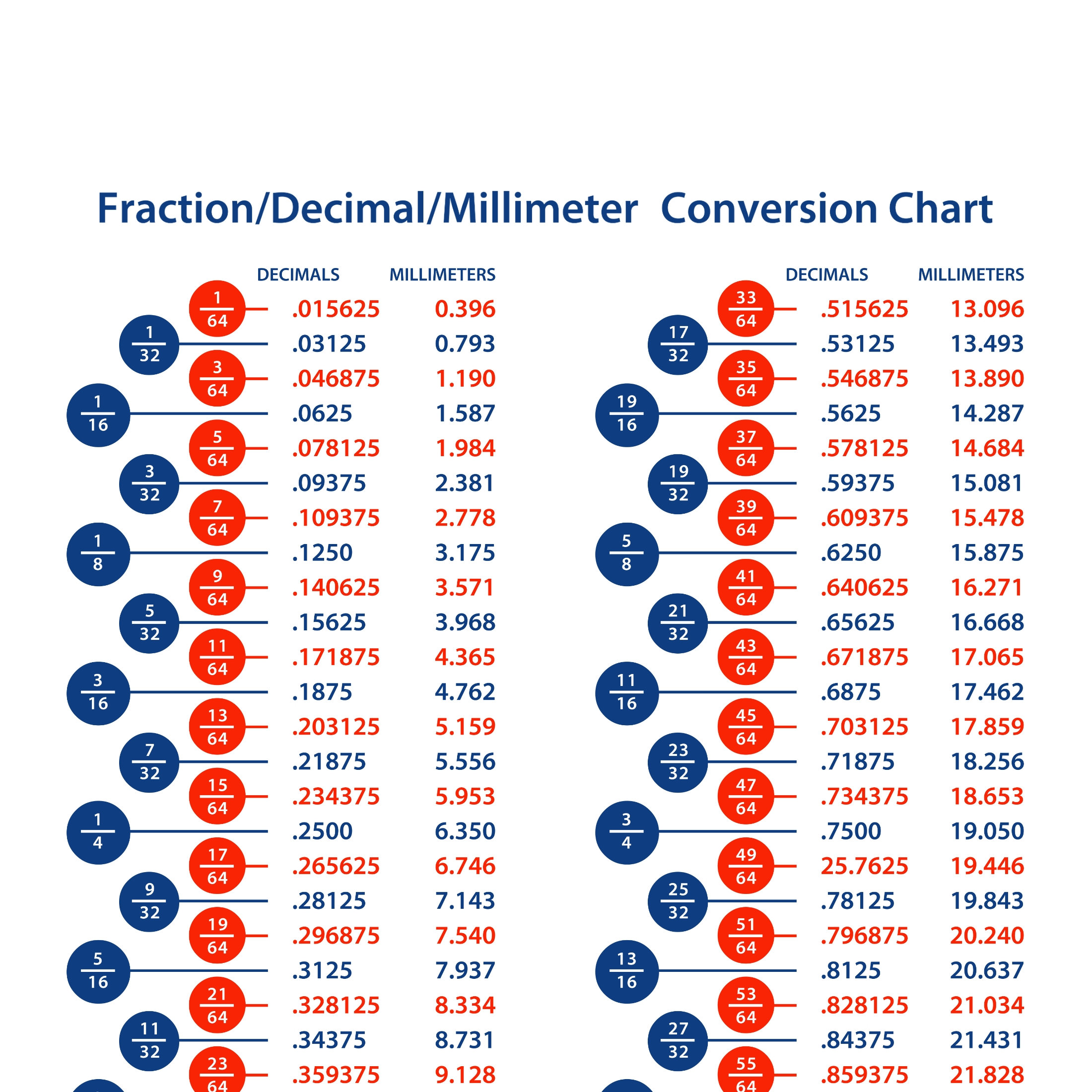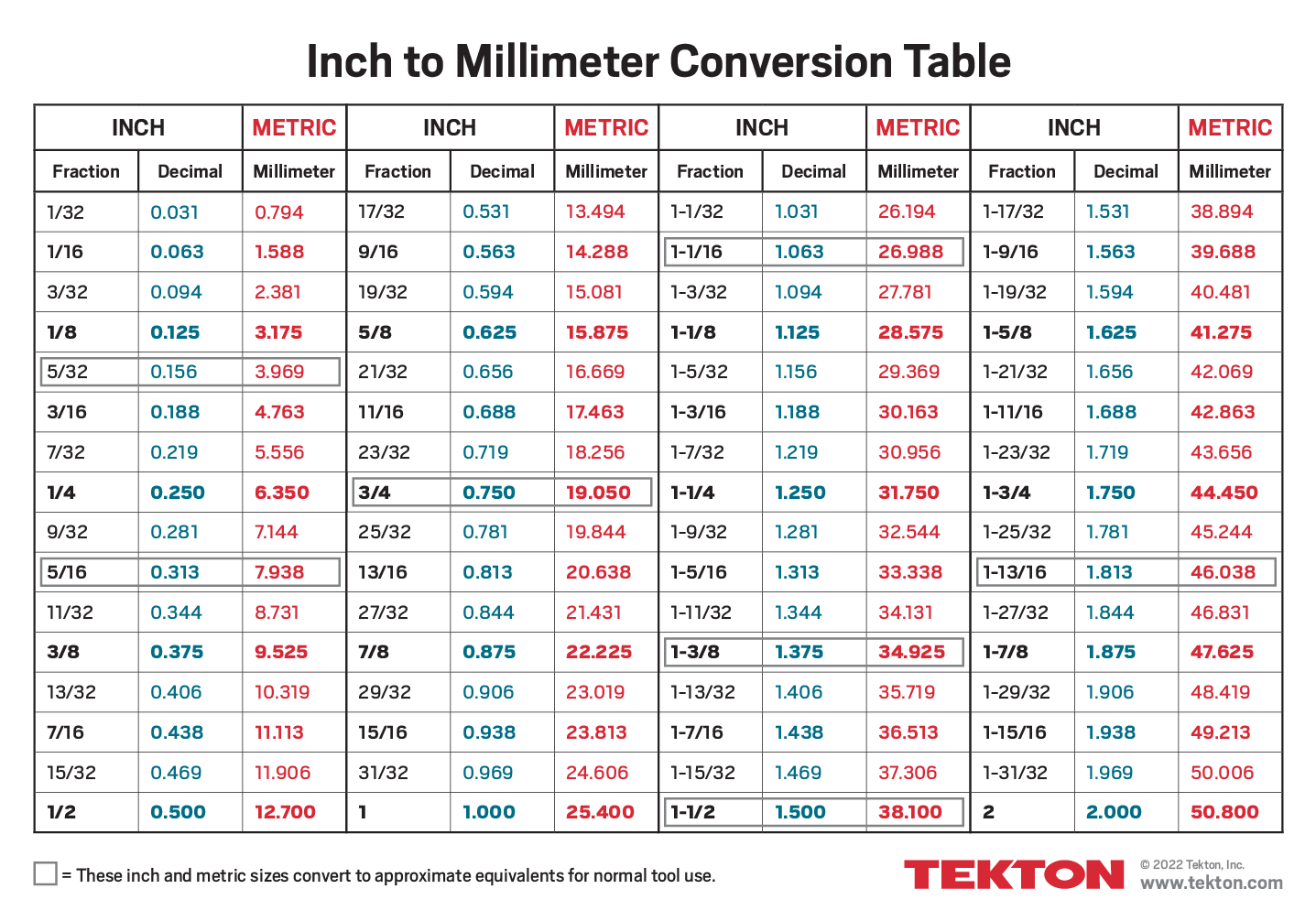Mm The Boys - Making Sense Of Small Measurements
Have you ever found yourself staring at a blueprint, a piece of furniture instructions, or perhaps even a recipe, and seen those tiny "mm" markings? It is that moment when you might just pause, a bit, wondering what exactly that small measurement means for your project or whatever it is you are trying to figure out. For many, including, you know, "mm the boys" who might be building something cool in the garage or just trying to hang a picture straight, getting a handle on these little numbers can make a real difference. It is all about making sure things fit together just right, or knowing exactly how much rain fell on the garden.
Sometimes, what looks like a simple number can feel like a whole different language, especially when you are used to thinking in inches or other everyday units. You might be holding a measuring tape, seeing one type of mark, but the instructions are talking about something else entirely. This little difference, actually, can cause a bit of a head-scratcher. So, in some respects, understanding how these small measurements connect to the ones you already know is pretty useful for anyone, like your average person tackling a project.
This discussion will try to clear up some of that confusion, offering a straightforward look at how these tiny measurements work and how you can switch between them without too much fuss. We will also touch on how people talk about these measurements in different places, just to give you a fuller picture. It is all about making those little numbers make a lot more sense, helping "mm the boys" and everyone else feel more comfortable with their measuring tools.
Table of Contents
- What Are Millimeters, Really, for mm the boys?
- Why Do We Convert Measurements, mm the boys?
- How Do Other Places Talk About mm the boys?
- What About Really Tiny Things, mm the boys?
What Are Millimeters, Really, for mm the boys?
So, what exactly is a millimeter? Well, it is a way to talk about how long something is, a unit of length. It is also used for how much rain has come down, which is kind of interesting, isn't it? When you hear "mm," you are looking at something pretty small, like a tenth of a centimeter. To put it another way, if you take a whole meter, which is a bit over three feet, a millimeter is just one tiny slice of that, one thousandth of it. This is where the "milli" part comes from, meaning a thousand. For "mm the boys" out there trying to measure something very exact, knowing this can be pretty helpful. You know, like when you are trying to make sure a part fits just so.
Getting a Feel for mm the boys' Scale
To give you a better idea of how small a millimeter actually is, think about this: ten of these little millimeters line up to make one centimeter. That is the distance, you know, between two of those smaller marks on a standard ruler. If you get a hundred millimeters together, you have yourself a decimeter, which is a bit longer, about four inches. And, of course, a thousand millimeters makes up a full meter. This way of thinking about things, where everything is based on tens, makes it quite simple to go from one size to another. It is a system that just makes sense, especially for "mm the boys" who appreciate straightforward ways to measure things.
Why Do We Convert Measurements, mm the boys?
It is a common thing, really, to find yourself needing to switch between different ways of measuring. Maybe you are working with plans from another country, or perhaps a part you bought is listed in one unit while your tools are in another. This is where converting measurements comes in handy. For instance, moving from millimeters to inches, or the other way around, is something people do all the time. There are tools, like online calculators, that can help you figure this out quickly. These tools, like the ones that help with "mm the boys" projects, often have tables and formulas built in to do the work for you. It takes the guesswork right out of it, which is pretty convenient.
When mm the boys Meet Inches
So, let us say you have a measurement in millimeters, but you need to know what that is in inches. This happens a lot, especially when you are dealing with things made in places that use the metric system, but you are used to the imperial one. There are straightforward ways to make this switch. You can use a conversion tool, which basically takes your millimeter number and tells you the inch equivalent. These calculators, like those helpful for "mm the boys" who are building something from a foreign kit, often come with extra charts and ways to work out the numbers if you prefer to do it by hand. It is all about making sure you can understand any measurement thrown your way.
From Inches to mm the boys, and Back Again
On the flip side, you might have a measurement in inches and need to know what it is in millimeters. This is just as common, perhaps even more so if you are trying to match an older part to a newer, more precise one. Again, there are specific tools and ways to do this. A conversion calculator for inches to millimeters will give you the answer you need. These sorts of aids, really, are a good thing to have, especially for "mm the boys" who might be working on a project that calls for very exact sizing. They often include helpful charts and ways to work through the math if you are curious about how it all comes together.
Beyond just length, you know, the idea of converting measurements applies to other things too. Think about temperature, how much space something takes up, or even how heavy something is. The metric system has ways to handle all these, with calculators and charts that help you switch between different metric units. This means that whether you are talking about how hot it is, how much liquid is in a container, or the weight of an object, there is a clear way to understand it in metric terms. It is a pretty neat system, honestly, making it easier to work with different kinds of measurements, which is something "mm the boys" might appreciate when dealing with various aspects of a big project.
How Do Other Places Talk About mm the boys?
It is pretty interesting to see how different parts of the world talk about these measurements. While the basic idea of a millimeter stays the same, the words people use can be quite varied. For example, in Spanish-speaking places, you might find calculators that convert millimeters to inches, just like we talked about. They also have tools for millimeters to centimeters. It is the same kind of help, just in a different tongue. This shows that the need to switch between measurement systems is a worldwide thing, which is kind of cool when you think about it. It just goes to show how connected we all are, even when it comes to something as simple as measuring a piece of wood for "mm the boys" to use.
mm the boys Across Different Tongues
Moving across the globe, you see similar tools and ways of explaining things. In Japan, for example, they define a millimeter as one thousandth of a meter, and they have conversion methods to go from millimeters to meters. Over in Indonesia, they also use conversion calculators for millimeters to meters, complete with their own tables and formulas. And if you are in Croatia, you will find tools that convert millimeters to centimeters, again, with their own charts and ways of figuring things out. This global consistency in how these small units are defined and converted is pretty reassuring, really. It means that no matter where you are, or what language "mm the boys" are speaking, the underlying math for these measurements remains the same, which is a good thing for keeping things clear.
What About Really Tiny Things, mm the boys?
Sometimes, measurements get even smaller than a millimeter. We are talking about things that are almost too small to see with just your eyes. This is where micrometers come into play. A micrometer is a tiny, tiny unit, one millionth of a meter, to be exact. It is also sometimes called a micron. When you are dealing with something that precise, like the thickness of a human hair or a very fine piece of dust, you might need to convert micrometers into millimeters. There are special calculators for this too, which can take a micrometer value and turn it into millimeters. It is pretty amazing how precise we can get with these measurements, honestly, especially for "mm the boys" who might be working on miniature models or very detailed projects.
Micro-Measurements for mm the boys
When you get down to these very small sizes, like micrometers, the way results are shown can be important. Sometimes, when you convert a number, the answer might be given as a fraction, like a fraction of an inch. These fractional answers are often rounded to the closest one sixty-fourth. This means it is a pretty small slice of an inch. But if you need an even more exact number, you can usually pick an option to get the answer as a decimal instead. This gives you a smoother, more precise figure. This choice is really useful for "mm the boys" who need to be incredibly accurate, perhaps for something where even the tiniest difference could matter a lot. It is all about having the right tool for the job, and the right way to see the numbers.
This discussion has gone over how millimeters relate to other common measurements like inches and centimeters, and even super tiny ones like micrometers. We also touched on how these measurements are understood and converted in different parts of the world. It is all about making those small numbers easy to work with, no matter what project you are tackling.
- Rhaenyra Targaryen Actress
- Ryan Gosling Kids
- Nick Nick Cannon
- Serie Two And A Half
- Brett Gardners Son

Inch to Millimeter Conversion Charts | TEKTON Hand Tools

Fraction Decimal Millimeter Conversion Chart Including JPG & PDF. - Etsy

Inch to Millimeter Conversion Charts | TEKTON Hand Tools